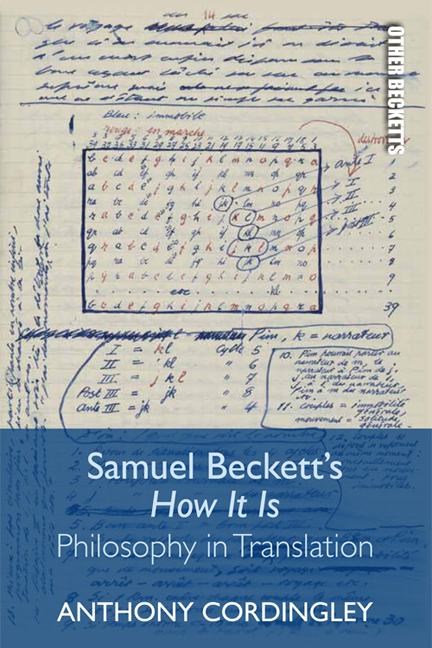Book contents
- Frontmatter
- Contents
- List of Illustrations
- Series Editor’s Preface
- List of Abbreviations
- Dedication
- Introduction
- 1 A Poetics of Translation: Dante, Goethe and the Paideia
- 2 Pythagorean Mysticism/Democritean Wisdom
- 3 The Physical Cosmos: Aristotelian Dialectics
- 4 From the Cradle to the Cave: A Comedy of Ethics from Plato to Christian Asceticism (via Rembrandt)
- 5 Mystic Paths, Inward Turns
- 6 Pasca l’s Miraculous Tongue
- 7 Spinoza, Leibniz or a World ‘Less Exquisitely Organized’
- Acknowledgements
- Bibliography
- Index
5 - Mystic Paths, Inward Turns
Published online by Cambridge University Press: 23 April 2021
- Frontmatter
- Contents
- List of Illustrations
- Series Editor’s Preface
- List of Abbreviations
- Dedication
- Introduction
- 1 A Poetics of Translation: Dante, Goethe and the Paideia
- 2 Pythagorean Mysticism/Democritean Wisdom
- 3 The Physical Cosmos: Aristotelian Dialectics
- 4 From the Cradle to the Cave: A Comedy of Ethics from Plato to Christian Asceticism (via Rembrandt)
- 5 Mystic Paths, Inward Turns
- 6 Pasca l’s Miraculous Tongue
- 7 Spinoza, Leibniz or a World ‘Less Exquisitely Organized’
- Acknowledgements
- Bibliography
- Index
Summary
Words and images run riot in my head, pursuing, flying, clashing, merging, endlessly. But beyond this tumult there is a great calm, and a great indifference, never really to be troubled by anything again. (TN, Malone Dies 198)
The mind's static maddens Beckett's wandering anti-heroes. Colliding words and images loom as a threshold, which, if crossed, promises spiritual calm. How It Is establishes an inseverable link between the noise of individual consciousness and the pedagogical processes that inculcate reason. Beckett thinking about quietening the reason-ridden mind passes through a multitude of influences, from Democritus’ ideal of philosophical peace to Schopenhauer's appeasing of the Will, the experience of the Nichts (Nothing), a peace beyond reason, calm of spirit, deep rest and serenity (World as Will, I, 531). The trope echoes the ‘post tempestatum, magna serenitas’ in Thomas à Kempis’ De Imitatione Christi, ‘after the storm, a great calm’ (III.vii.5; Ackerley, Demented 197). Stronger, more resolute and more provocative than in any other work by Beckett, this spiritual longing in How It Is fuels an unrelenting comic allegory of the mystic's quest. Beckett's ‘I’ returns time and again to bodily and mental impoverishment, as well as a dissolution of self, the stripping away of its particularity, to become one with what sustains him, the mud: ‘the terrain the terrain try and understand no accidents no asperities’ (179). Alluding to his journey as a personal imitation of Christ's suffering and humility, he frequently mixes mystical motifs: ‘here all self to be abandoned’ (107).
Steven Connor (Material Imagination 133–7) identifies three broad ways in which scholars have interpreted the plethora of religious material in Beckett's texts: firstly, the persistence of religious belief within the works, which affirm the possibility of a religious salvation they cannot fully articulate; secondly, the ironic use of religious material to deny a religious interpretation to the work itself; thirdly, to separate the mystical from the Christian, privileging the via negativa of negative philosophy so that the form of Beckett's negation guarantees the religious character of his thought.
- Type
- Chapter
- Information
- Samuel Beckett's How It IsPhilosophy in Translation, pp. 138 - 193Publisher: Edinburgh University PressPrint publication year: 2018



